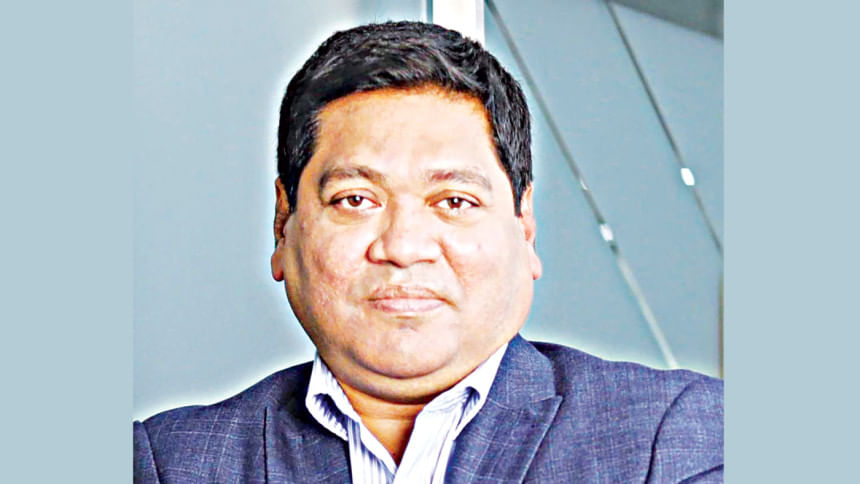700 MHz auction: sound investment or risky bet?

As per the spectrum roadmap published by the Bangladesh Telecommunication Regulatory Commission (BTRC), the regulator plans to auction the 700 MHz band this year. The base price has been set at Tk 263 crore per MHz of spectrum. With 7.5 percent VAT, the cost rises to Tk 284 crore per MHz, though the government is considering a 10 percent discount on this steep rate.
Due to an ongoing legal dispute over 20 MHz out of the 45 MHz available in the 700 band, the BTRC and the government have decided to auction only the undisputed 25 MHz. Mobile operators have already told the regulator that unless the full 45 MHz is offered, they would not be interested to take part in it.
Given the wider coverage of the 700 band, the regulator set its price in line with the 900 MHz band. This suggests that it expects similar returns on investment. But is that realistic?
The 900 MHz spectrum is very mature in Bangladesh, serving both voice and data needs. Over the past 28 years, a complete ecosystem has evolved, and nearly all handsets in the market support 900 MHz.
Even so, the valuation of Tk 263 crore per MHz for 900 MHz appears inflated when compared with countries of similar socio-economic standing. There is enough global evidence to show that such pricing is extremely overvalued.
The 700 MHz band, by contrast, is new. Operators would need fresh investment in radio equipment, antennas, software, power supply, and other infrastructure to deploy it. They would also face higher site rental costs, as new hardware would need to be mounted on existing towers.
In essence, after paying a hefty sum to acquire the 700 spectrum, operators would still have to spend heavily on capital and operational expenses to make it usable. When telecom companies are already struggling to maintain sustainable business models in data services, this additional burden could distort market competition.
Moreover, with only 25 MHz available, the 700 band alone cannot meet the growing demand for data. Operators will still need to rely on higher frequency bands, such as 2.3 GHz, 2.6 GHz, and 3.5 GHz, which will require more tower sites and further investment.
The potential revenue from the 700 band is limited compared with the cost of acquiring and deploying it. This has led many countries to reduce the price of this spectrum substantially. Where prices remain high, large portions of the 700 band have gone unsold, as seen in India, where about 60 percent remained unallocated, or markets have consolidated into duopolies due to high pricing.
If you were an investor, would you spend Tk 284 crore for each MHz of 700 spectrum -- or Tk 2,840 crore for just 10 MHz -- knowing it could reach only about 35 percent of customers, demand extra hardware, software, rental, and electricity costs, and still require additional network sites due to limited availability?
The price of the 700 spectrum must be set through careful research to align with global best practices. According to GSMA, spectrum-related costs already account for around 16.7 percent of industry revenue. In this context, an unrealistic pricing approach for the 700 band will only hinder progress towards the goal of affordable data for all.
The writer is the chief corporate and regulatory officer at Robi Axiata PLC

 For all latest news, follow The Daily Star's Google News channel.
For all latest news, follow The Daily Star's Google News channel. 



Comments